Intel Core i5-8250U vs Intel Core i7-4790K: What is the difference?
49points
Intel Core i5-8250U
51points
Intel Core i7-4790K
Comparison winner
vs
66 facts in comparison
Intel Core i5-8250U
Intel Core i7-4790K
Why is Intel Core i5-8250U better than Intel Core i7-4790K?
- 800MHz higher ram speed?
2400MHzvs1600MHz - 25.96°C higher maximum operating temperature?
100°Cvs74.04°C - 8nm smaller semiconductor size?
14nmvs22nm - 73W lower TDP?
15Wvs88W - 8.5GB/s more memory bandwidth?
34.1GB/svs25.6GB/s - 142.6 more performance per watt?
188.0vs45.4 - 1 Higher version of DDR memory supported?
4vs3 - 4 more GPU execution units?
24vs20
Why is Intel Core i7-4790K better than Intel Core i5-8250U?
- 2.
5x faster CPU speed?
4 x 4GHzvs4 x 1.6GHz - 50MHz faster GPU clock speed?
350MHzvs300MHz - 1GHz higher turbo clock speed?
4.4GHzvs3.4GHz - 36.16% higher PassMark result?
8089vs5941 - 2MB bigger L3 cache?
8MBvs6MB - Has an unlocked multiplier?
- 28.11% higher PassMark result (single)?
2484vs1939 - 2.02x higher multi-core Geekbench 5 result?
3991vs1971
Which are the most popular comparisons?
Intel Core i5-8250U
vs
Intel Core i3-1115G4
Intel Core i7-4790K
vs
Intel Core i5-4690K
Intel Core i5-8250U
vs
Intel Core i3-1005G1
Intel Core i7-4790K
vs
Intel Core i7-3770
Intel Core i5-8250U
vs
AMD Ryzen 3 2200U
Intel Core i7-4790K
vs
Intel Core i3-10100
Intel Core i5-8250U
vs
AMD Ryzen 5 3500U
Intel Core i7-4790K
vs
AMD Ryzen 5 5600X
Intel Core i5-8250U
vs
Intel Core i7-6500U
Intel Core i7-4790K
vs
Intel Core i7-4770K
Intel Core i5-8250U
vs
Intel Core i7-7500U
Intel Core i7-4790K
vs
AMD Ryzen 5 3600
Intel Core i5-8250U
vs
AMD Ryzen 3 3200U
Intel Core i7-4790K
vs
Intel Core i5-6600K
Intel Core i5-8250U
vs
AMD Ryzen 5 2500U
Intel Core i7-4790K
vs
Intel Core i5-10400
Intel Core i5-8250U
vs
Intel Core i7-8550U
Intel Core i7-4790K
vs
Intel Core i5-6500
Intel Core i5-8250U
vs
AMD Ryzen 5 5500U
Intel Core i7-4790K
vs
Intel Core i3-9100F
Price comparison
User reviews
Overall Rating
Intel Core i5-8250U
6 User reviews
Intel Core i5-8250U
7.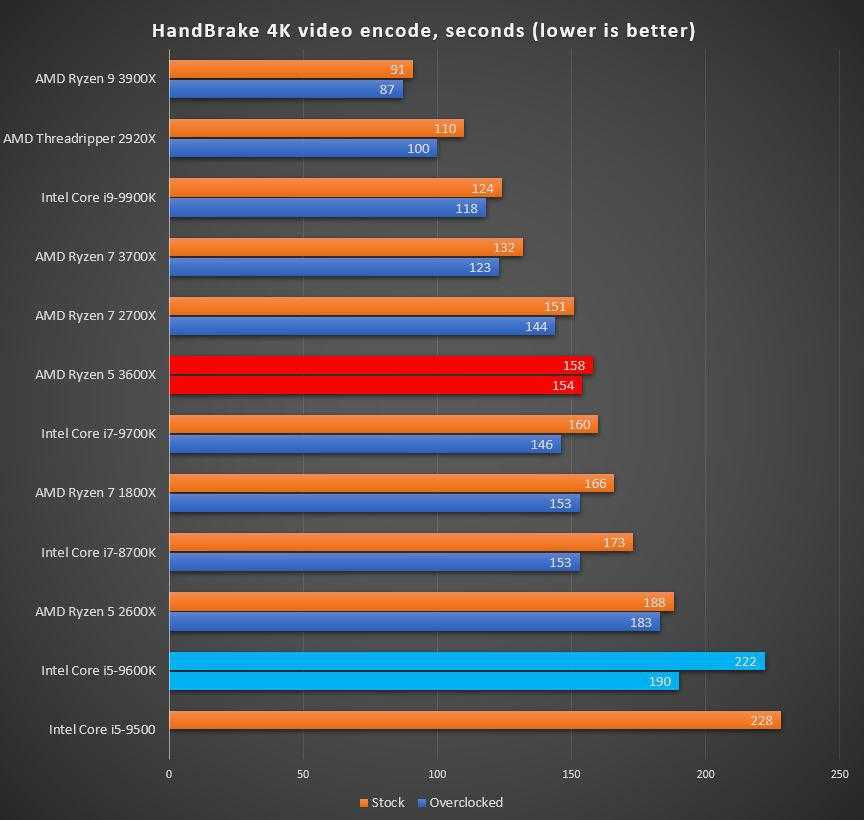 5/10
5/10
6 User reviews
Intel Core i7-4790K
2 User reviews
Intel Core i7-4790K
9.5/10
2 User reviews
Features
Value for money
7.3/10
6 votes
9.5/10
2 votes
Gaming
6.8/10
6 votes
9.5/10
2 votes
Performance
7.5/10
6 votes
9.5/10
2 votes
Reliability
8.7/10
6 votes
9.5/10
2 votes
Energy efficiency
6.7/10
6 votes
10.0/10
2 votes
Performance
CPU speed
4 x 1.6GHz
4 x 4GHz
The CPU speed indicates how many processing cycles per second can be executed by a CPU, considering all of its cores (processing units). It is calculated by adding the clock rates of each core or, in the case of multi-core processors employing different microarchitectures, of each group of cores.
CPU threads
More threads result in faster performance and better multitasking.
turbo clock speed
3.4GHz
4.4GHz
When the CPU is running below its limitations, it can boost to a higher clock speed in order to give increased performance.
Has an unlocked multiplier
✖Intel Core i5-8250U
✔Intel Core i7-4790K
Some processors come with an unlocked multiplier which makes them easy to overclock, allowing you to gain increased performance in games and other apps.
L2 cache
A larger L2 cache results in faster CPU and system-wide performance.
L3 cache
A larger L3 cache results in faster CPU and system-wide performance.
L1 cache
A larger L1 cache results in faster CPU and system-wide performance.
L2 core
0.25MB/core
0.25MB/core
More data can be stored in the L2 cache for access by each core of the CPU.
L3 core
1.5MB/core
2MB/core
More data can be stored in the L3 cache for access by each core of the CPU.
Benchmarks
PassMark result
This benchmark measures the performance of the CPU using multiple threads.
PassMark result (single)
This benchmark measures the performance of the CPU using a single thread.
Geekbench 5 result (multi)
Geekbench 5 is a cross-platform benchmark that measures a processor’s multi-core performance. (Source: Primate Labs, 2022)
Cinebench R20 (multi) result
Cinebench R20 is a benchmark tool that measures a CPU’s multi-core performance by rendering a 3D scene.
Cinebench R20 (single) result
Cinebench R20 is a benchmark tool that measures a CPU’s single-core performance by rendering a 3D scene.
Geekbench 5 result (single)
Geekbench 5 is a cross-platform benchmark that measures a processor’s single-core performance. (Source: Primate Labs, 2022)
Blender (bmw27) result
771.41seconds
423.2seconds
The Blender (bmw27) benchmark measures the performance of a processor by rendering a 3D scene. More powerful processors can render the scene in less time.
Blender (classroom) result
2852.02seconds
1320.7seconds
The Blender (classroom) benchmark measures the performance of a processor by rendering a 3D scene. More powerful processors can render the scene in less time.
performance per watt
This means the CPU is more efficient, giving a greater amount of performance for each watt of power used.
Integrated graphics
GPU clock speed
300MHz
350MHz
The graphics processing unit (GPU) has a higher clock speed.
GPU turbo
1100MHz
1250MHz
When the GPU is running below its limitations, it can boost to a higher clock speed in order to give increased performance.
GPU execution units
A graphics processing unit (GPU) with a greater number of execution units can deliver better graphics.
supported displays
Using multiple displays you can create a larger workspace, making it easier to work across multiple apps.
DirectX version
DirectX is used in games, with newer versions supporting better graphics.
OpenGL version
OpenGL is used in games, with newer versions supporting better graphics.
OpenCL version
Unknown. Help us by suggesting a value. (Intel Core i5-8250U)
Unknown. Help us by suggesting a value. (Intel Core i7-4790K)
Some apps use OpenCL to apply the power of the graphics processing unit (GPU) for non-graphical computing.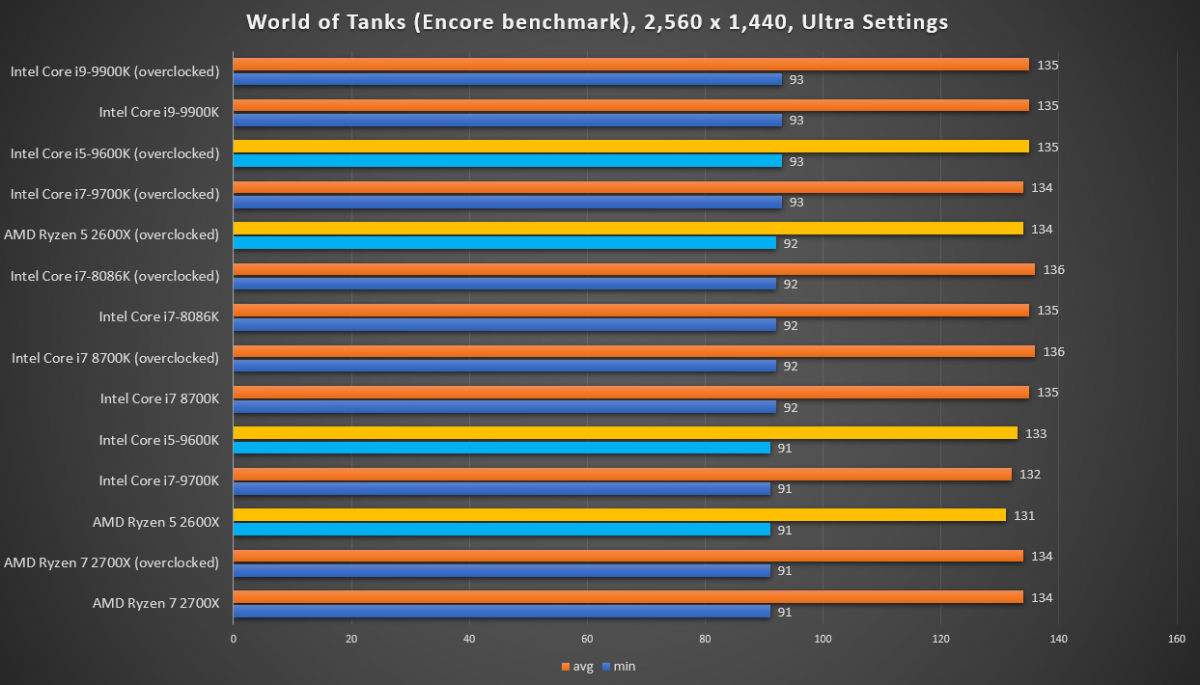 Newer versions introduce more functionality and better performance.
Newer versions introduce more functionality and better performance.
texture mapping units (TMUs)
Unknown. Help us by suggesting a value. (Intel Core i5-8250U)
TMUs take textures and map them to the geometry of a 3D scene. More TMUs will typically mean that texture information is processed faster.
render output units (ROPs)
Unknown. Help us by suggesting a value. (Intel Core i5-8250U)
The ROPs are responsible for some of the final steps of the rendering process, writing the final pixel data to memory and carrying out other tasks such as anti-aliasing to improve the look of graphics.
Memory
RAM speed
2400MHz
1600MHz
It can support faster memory, which will give quicker system performance.
maximum memory bandwidth
34.1GB/s
25.6GB/s
This is the maximum rate that data can be read from or stored into memory.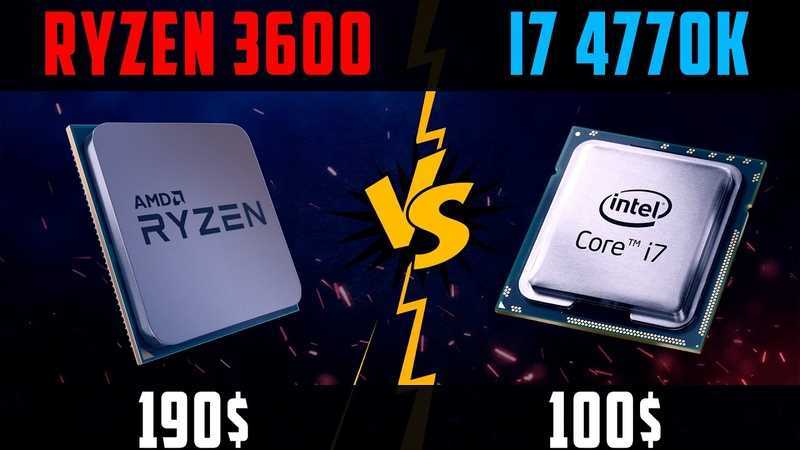
DDR memory version
DDR (Double Data Rate) memory is the most common type of RAM. Newer versions of DDR memory support higher maximum speeds and are more energy-efficient.
memory channels
More memory channels increases the speed of data transfer between the memory and the CPU.
maximum memory amount
The maximum amount of memory (RAM) supported.
bus transfer rate
The bus is responsible for transferring data between different components of a computer or device.
Supports ECC memory
✖Intel Core i5-8250U
✖Intel Core i7-4790K
Error-correcting code memory can detect and correct data corruption. It is used when is it essential to avoid corruption, such as scientific computing or when running a server.
eMMC version
Unknown. Help us by suggesting a value. (Intel Core i5-8250U)
(Intel Core i5-8250U)
Unknown. Help us by suggesting a value. (Intel Core i7-4790K)
A higher version of eMMC allows faster memory interfaces, having a positive effect on the performance of a device. For example, when transferring files from your computer to the internal storage over USB.
bus speed
Unknown. Help us by suggesting a value. (Intel Core i5-8250U)
Unknown. Help us by suggesting a value. (Intel Core i7-4790K)
The bus is responsible for transferring data between different components of a computer or device.
Features
uses multithreading
✔Intel Core i5-8250U
✔Intel Core i7-4790K
Multithreading technology (such as Intel’s Hyperthreading or AMD’s Simultaneous Multithreading) provides increased performance by splitting each of the processor’s physical cores into virtual cores, also known as threads. This way, each core can run two instruction streams at once.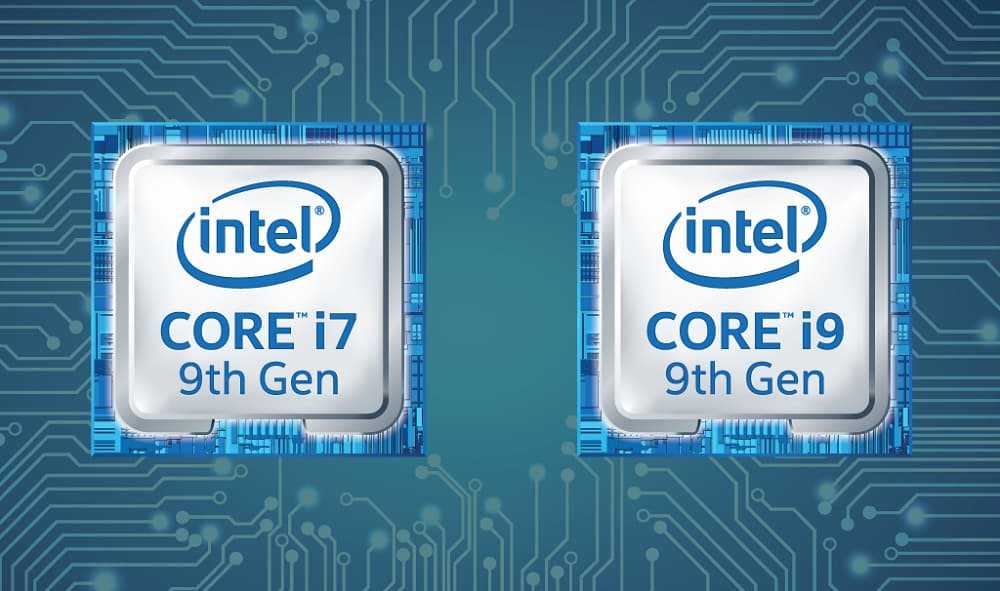
Has AES
✔Intel Core i5-8250U
✔Intel Core i7-4790K
AES is used to speed up encryption and decryption.
Has AVX
✔Intel Core i5-8250U
✔Intel Core i7-4790K
AVX is used to help speed up calculations in multimedia, scientific and financial apps, as well as improving Linux RAID software performance.
SSE version
SSE is used to speed up multimedia tasks such as editing an image or adjusting audio volume. Each new version contains new instructions and improvements.
Has F16C
✔Intel Core i5-8250U
✔Intel Core i7-4790K
F16C is used to speed up tasks such as adjusting the contrast of an image or adjusting volume.
bits executed at a time
Unknown. Help us by suggesting a value. (Intel Core i5-8250U)
Unknown. Help us by suggesting a value. (Intel Core i7-4790K)
NEON provides acceleration for media processing, such as listening to MP3s.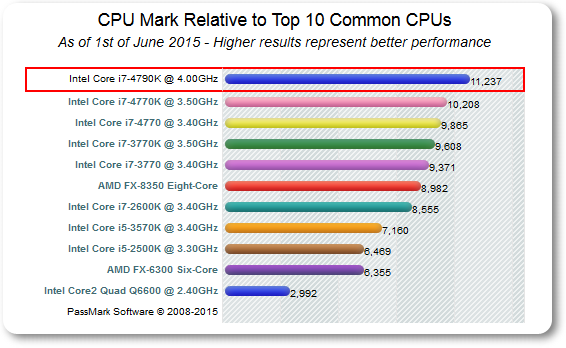
Has MMX
✔Intel Core i5-8250U
✔Intel Core i7-4790K
MMX is used to speed up tasks such as adjusting the contrast of an image or adjusting volume.
Has TrustZone
✖Intel Core i5-8250U
✖Intel Core i7-4790K
A technology integrated into the processor to secure the device for use with features such as mobile payments and streaming video using digital rights management (DRM).
front-end width
Unknown. Help us by suggesting a value. (Intel Core i5-8250U)
Unknown. Help us by suggesting a value. (Intel Core i7-4790K)
The CPU can decode more instructions per clock (IPC), meaning that the CPU performs better
Price comparison
Which are the best CPUs?
Intel Core i5-8250U vs Intel Core i7-4790K
|
|
|
|
|
Intel Core i5-8250U vs Intel Core i7-4790K
Comparison of the technical characteristics between the processors, with the Intel Core i5-8250U on one side and the Intel Core i7-4790K on the other side.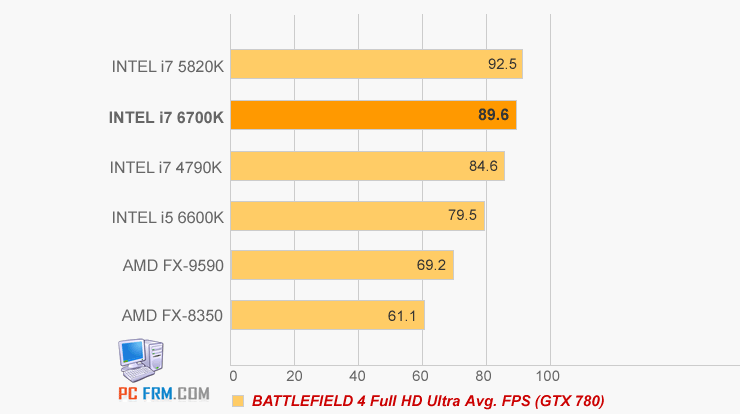 The first is dedicated to the notebook sector, It has 4 cores, 8 threads, a maximum frequency of 3,4GHz. The second is used on the desktop segment, it has a total of 4 cores, 8 threads, its turbo frequency is set to 4,4 GHz. The following table also compares the lithography, the number of transistors (if indicated), the amount of cache memory, the maximum RAM memory capacity, the type of memory accepted, the release date, the maximum number of PCIe lanes, the values obtained in Geekbench 4 and Cinebench R15.
The first is dedicated to the notebook sector, It has 4 cores, 8 threads, a maximum frequency of 3,4GHz. The second is used on the desktop segment, it has a total of 4 cores, 8 threads, its turbo frequency is set to 4,4 GHz. The following table also compares the lithography, the number of transistors (if indicated), the amount of cache memory, the maximum RAM memory capacity, the type of memory accepted, the release date, the maximum number of PCIe lanes, the values obtained in Geekbench 4 and Cinebench R15.
Note: Commissions may be earned from the links above.
This page contains references to products from one or more of our advertisers. We may receive compensation when you click on links to those products. For an explanation of our advertising policy, please visit this page.
Specifications:
| Processor | Intel Core i5-8250U | Intel Core i7-4790K | ||||||
| Market (main) | Notebook | Desktop | ||||||
| ISA | x86-64 (64 bit) | x86-64 (64 bit) | ||||||
| Microarchitecture | Kaby Lake | Haswell | ||||||
| Core name | Kaby Lake Refresh | Devil’s Canyon | ||||||
| Family | Core i5-8000 | Core i7-4000 | ||||||
| Part number(s), S-Spec | FJ8067703282221, SR3LA |
BX80646I74790K, CM8064601710501, SR219 |
||||||
| Release date | Q3 2017 | Q2 2014 | ||||||
| Lithography | 14 nm+ | 22 nm | ||||||
| Transistors | — | 1.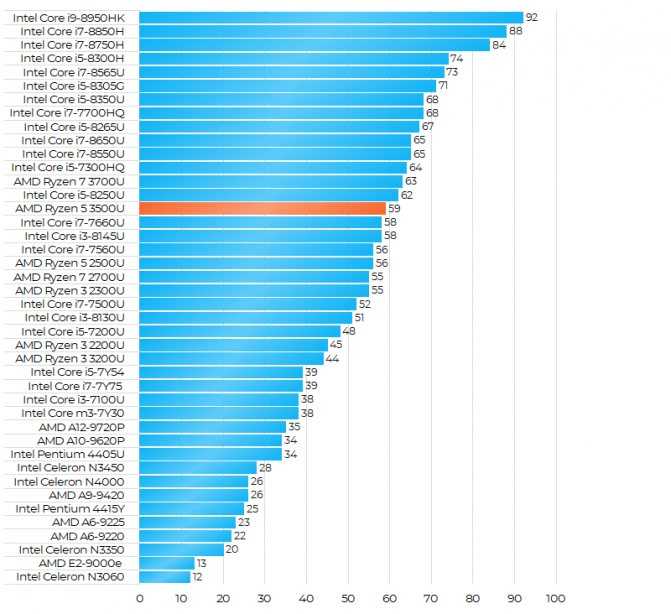 400.000.000 400.000.000 |
||||||
| Cores | 4 | 4 | ||||||
| Threads | 8 | 8 | ||||||
| Base frequency | 1,6 GHz | 4,0 GHz | ||||||
| Turbo frequency | 3,4 GHz | 4,4 GHz | ||||||
| Bus speed | 4 GT/s | 5 GT/s | ||||||
| Cache memory | 6 MB | 8 MB | ||||||
| Max memory capacity | 32 GB | 32 GB | ||||||
| Memory types | DDR4-2400, LPDDR3-2133 |
DDR3-1333/1600, DDR3L-1333/1600 |
||||||
| Max # of memory channels | 2 | 2 | ||||||
| Max memory bandwidth | 37,5 GB/s | 25,6 GB/s | ||||||
| Max PCIe lanes | 12 | 16 | ||||||
| TDP | 15 W | 88 W | ||||||
| Suggested PSU | — | 600W ATX Power Supply | ||||||
| GPU integrated graphics | Intel UHD Graphics 620 (Kaby Lake) | Intel HD Graphics 4600 | ||||||
| GPU execution units | 24 | 20 | ||||||
| GPU shading units | 192 | 160 | ||||||
| GPU base clock | 300 MHz | 350 MHz | ||||||
| GPU boost clock | 1100 MHz | 1250 MHz | ||||||
| GPU FP32 floating point | 441,6 GFLOPS | 352 GFLOPS | ||||||
| Socket | BGA1356 | LGA1150 | ||||||
| Compatible motherboard | — | Socket LGA 1150 Motherboard | ||||||
| Maximum temperature | 100°C | 74°C | ||||||
| CPU-Z single thread | 381 | 473 | ||||||
| CPU-Z multi thread | 1. 979 979 |
2.444 | ||||||
| Cinebench R15 single thread | 146 | 173 | ||||||
| Cinebench R15 multi-thread | 538 | 836 | ||||||
| Cinebench R23 single thread | 831 | 964 | ||||||
| Cinebench R23 multi-thread | 3.182 | 5.090 | ||||||
| PassMark single thread | 1.931 | 2.459 | ||||||
| PassMark CPU Mark | 5.930 | 8.047 | ||||||
| (Windows 64-bit) Geekbench 4 single core |
3.718 | 4.928 | ||||||
| (Windows 64-bit) Geekbench 4 multi-core |
11. 054 054 |
15.801 | ||||||
| (SGEMM) GFLOPS performance |
163,2 GFLOPS | 267,4 GFLOPS | ||||||
| (Multi-core / watt performance) Performance / watt ratio |
737 pts / W | 180 pts / W | ||||||
| Amazon | ||||||||
| eBay |
Note: Commissions may be earned from the links above.
We can better compare what are the technical differences between the two processors.
Suggested PSU: We assume that we have An ATX computer case, a high end graphics card, 16GB RAM, a 512GB SSD, a 1TB HDD hard drive, a Blu-Ray drive. We will have to rely on a more powerful power supply if we want to have several graphics cards, several monitors, more memory, etc.
Price: For technical reasons, we cannot currently display a price less than 24 hours, or a real-time price. This is why we prefer for the moment not to show a price. You should refer to the respective online stores for the latest price, as well as availability.
We see that the two processors have an equivalent number of cores, the turbo frequency of Intel Core i7-4790K is bigger, that the PDT of Intel Core i5-8250U is lower. The Intel Core i5-8250U was designed earlier.
Performances :
Performance comparison between the two processors, for this we consider the results generated on benchmark software such as Geekbench 4.
| CPU-Z — Multi-thread & single thread score | |
|---|---|
| Intel Core i7-4790K |
473 2.444 |
| Intel Core i5-8250U |
381 1.979 |
In single core, the difference is 24%. In multi-core, the difference in terms of gap is 23%.
In multi-core, the difference in terms of gap is 23%.
Note: Commissions may be earned from the links above. These scores are only an
average of the performances got with these processors, you may get different results.
CPU-Z is a system information software that provides the name of the processor, its model number, the codename, the cache levels, the package, the process. It can also gives data about the mainboard, the memory. It makes real time measurement, with finally a benchmark for the single thread, as well as for the multi thread.
| Cinebench R15 — Multi-thread & single thread score | |
|---|---|
| Intel Core i7-4790K |
173 836 |
| Intel Core i5-8250U |
146 538 |
In single core, the difference is 18%. In multi-core, the difference in terms of gap is 55%.
Note: Commissions may be earned from the links above. These scores are only an
average of the performances got with these processors, you may get different results.
Cinebench R15 evaluates the performance of CPU calculations by restoring a photorealistic 3D scene. The scene has 2,000 objects, 300,000 polygons, uses sharp and fuzzy reflections, bright areas, shadows, procedural shaders, antialiasing, and so on. The faster the rendering of the scene is created, the more powerful the PC is, with a high number of points.
| Cinebench R23 — Multi-thread & single thread score | |
|---|---|
| Intel Core i7-4790K |
964 5.090 |
| Intel Core i5-8250U |
831 3.182 |
In single core, the difference is 16%. In multi-core, the difference in terms of gap is 60%.
Note: Commissions may be earned from the links above. These scores are only an
average of the performances got with these processors, you may get different results.
Cinebench R23 is cross-platform testing software that allows you to assess the hardware capabilities of a device such as a computer, tablet, server. This version of Cinebench takes into account recent developments in processors with multiple cores and the latest improvements in rendering techniques. The evaluation is ultimately even more relevant. The test scene contains no less than 2,000 objects and more than 300,000 polygons in total.
| PassMark — CPU Mark & single thread | |
|---|---|
| Intel Core i7-4790K |
2.459 8.047 |
| Intel Core i5-8250U |
1.931 5.930 |
In single core, the difference is 27%. In multi-core, the difference in terms of gap is 36%.
In multi-core, the difference in terms of gap is 36%.
Note: Commissions may be earned from the links above. These scores are only an
average of the performances got with these processors, you may get different results.
PassMark is a benchmarking software that performs several performance tests including prime numbers, integers, floating point, compression, physics, extended instructions, encoding, sorting. The higher the score is, the higher is the device capacity.
On Windows 64-bit:
| Geekbench 4 — Multi-core & single core score — Windows 64-bit | |
|---|---|
| Intel Core i7-4790K |
4.928 15.801 |
| Intel Core i5-8250U |
3.718 11.054 |
In single core, the difference is 33%. In multi-core, the difference in terms of gap is 43%.
In multi-core, the difference in terms of gap is 43%.
On Linux 64-bit:
| Geekbench 4 — Multi-core & single core score — Linux 64-bit | |
|---|---|
| Intel Core i7-4790K |
5.354 17.597 |
| Intel Core i5-8250U |
3.735 8.808 |
In single core, the difference is 43%. In multi-core, the difference in terms of gap is 100%.
On Android 64-bit:
| Geekbench 4 — Multi-core & single core score — Android 64-bit | |
|---|---|
| Intel Core i7-4790K |
5.836 19.848 |
| Intel Core i5-8250U |
4.221 13.834 |
In single core, the difference is 38%. In multi-core, the difference in terms of gap is 43%.
On Mac OS X 64-bit:
| Geekbench 4 — Multi-core & single core score — Mac OS X 64-bit | |
|---|---|
| Intel Core i7-4790K |
4.923 16.431 |
| Intel Core i5-8250U |
3.924 11.936 |
In single core, the difference is 25%. In multi-core, the difference in terms of gap is 38%.
Note: Commissions may be earned from the links above. These scores are only an
average of the performances got with these processors, you may get different results.
Geekbench 4 is a complete benchmark platform with several types of tests, including data compression, images, AES encryption, SQL encoding, HTML, PDF file rendering, matrix computation, Fast Fourier Transform, 3D object simulation, photo editing, memory testing. This allows us to better visualize the respective power of these devices.
